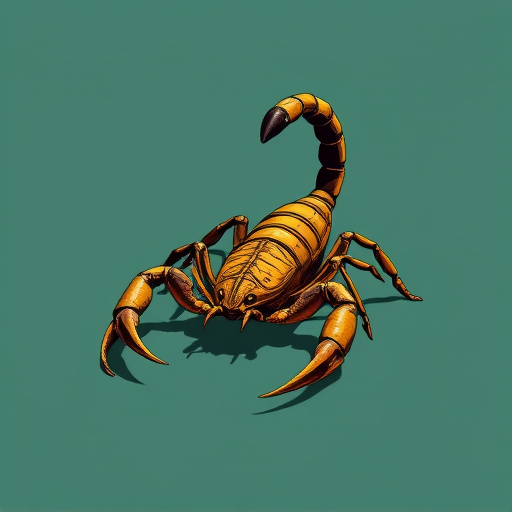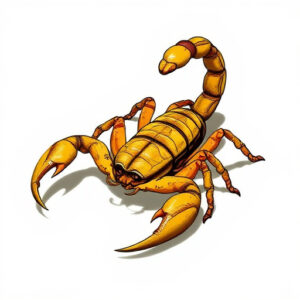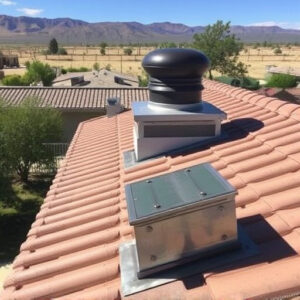Unveiling Marana Scorpion Behavior: A Guide to Local Species and Control
In Marana, Arizona, understanding local scorpion species is vital for scorpion control Tucson. The d…….

In Marana, Arizona, understanding local scorpion species is vital for scorpion control Tucson. The desert scorpion (Scorpalia vagans) and bark scorpion (Androctonus australis) have distinct habits and habitats. Desert scorpions prefer dry, rocky areas and are active at night, while bark scorpions are nocturnal and often shelter in homes' cracks and walls. Recognizing these behaviors allows residents to implement tailored control methods, such as sealing entry points and maintaining outdoor areas, effectively deterring scorpions and ensuring safety. Regular maintenance significantly reduces scorpion habitats, making scorpion control Tucson more successful.
Unraveling scorpion behavior in Marana neighborhoods is essential for both residents and visitors. Scorpions, though often feared, play a crucial role in the local ecosystem. This article guides you through identifying different species, understanding their habitats, and recognizing their behaviors. We delve into effective scorpion control measures tailored to Tucson’s unique environment, ensuring safety and peace of mind. By navigating these insights, Marana folks can coexist harmoniously with these ancient arachnids and implement suitable prevention strategies for optimal scorpion control.
- Identifying Scorpion Species in Marana
- – Common scorpions found in the area
- – Distinguishing features and habits
- Understanding Scorpion Habitats
Identifying Scorpion Species in Marana

In Marana neighborhoods, understanding scorpion behavior starts with identifying the species present. Common scorpions in this area include the desert scorpion (Scorpalia vagans) and the bark scorpion (Androctonus australis). The desert scorpion is typically larger, with a light brown color and darker markings on its back. They prefer dry, rocky habitats and are often found under debris or in crevices during the day, becoming more active at night when they hunt for insects and other small creatures.
On the other hand, the bark scorpion is smaller and has a distinct dark line running down its back. They are primarily nocturnal and are commonly found in cracks and crevices of homes, rocks, and even inside walls. While both species can deliver painful stings if threatened or handled, the bark scorpion’s sting is considered more potent and may require medical attention. Knowing these differences aids residents in effective scorpion control Tucson methods tailored to each species’ behavior and habitat.
– Common scorpions found in the area

In the vibrant, yet occasionally unnerving, landscape of Marana neighborhoods, several common scorpions call this area home. Among them, the most prevalent are the Leiurus quinquestriatus, commonly known as the desert scorpion, and the Androctonus australis, better recognized as the large red scorpion. These arachnids have adapted to the region’s arid conditions and can often be found under rocks, in crevices, or within burrows during the day, emerging at night to forage for food. Understanding these species’ habits is crucial for Marana residents looking into scorpion control Tucson solutions, as it enables them to implement preventive measures tailored to their specific local ecosystem.
The desert scorpion, with its distinctive yellow tail tip, is a common sight and generally less aggressive than other varieties. In contrast, the large red scorpion exhibits a striking appearance with its bright coloration and larger size. Both species play a vital role in the local ecosystem, but their presence can be a cause for concern for homeowners. Knowing their behaviors allows residents to take proactive steps, such as sealing entry points and maintaining outdoor spaces, to deter these scorpions and ensure a safer living environment.
– Distinguishing features and habits

Understanding scorpion behavior is key to effective scorpion control in Marana neighborhoods, and knowing their distinct features can be a valuable asset for residents. Scorpions are easily recognizable by their elongated bodies, eight legs, and a small, teardrop-shaped head with a stinging tail. They are primarily nocturnal creatures, preferring the cool evenings and dark corners of the desert landscape. During the day, they seek shelter in cracks, beneath rocks, or inside hollows to escape the heat.
These arachnids have a unique hunting strategy, using their powerful pincers to capture prey and inject them with venom through their tail stinger. They are opportunistic feeders, preying on insects, spiders, and even small vertebrates. While some scorpion species are known to be aggressive if threatened, others prefer to flee or remain hidden. Recognizing these habits can help residents take preventive measures, such as sealing entry points and maintaining outdoor spaces to deter scorpions and ensure effective scorpion control in Tucson.
Understanding Scorpion Habitats

Scorpions are well-adapted to their arid environments, often seeking shelter in cracks, crevices, and under debris in Marana neighborhoods. Understanding where they prefer to dwell is key to scorpion control Tucson methods. These predators are most active at night when they hunt for insects and other small creatures. During the day, they retreat to protective areas, making it important for residents to inspect their properties for potential hiding spots like piles of wood, discarded furniture, or loose rocks. Regularly trimming vegetation and sealing entry points can significantly reduce scorpion habitats, making your home less inviting to these stinging pests.
Understanding scorpion behavior is key to effective scorpion control in Tucson neighborhoods, like Marana. By identifying common species, their habitats, and unique habits, residents can better protect themselves and their homes. Armed with this knowledge, scorpion control measures can be tailored to specific needs, ensuring a safer, more comfortable living environment for all. Remember, professional assistance from scorpion control Tucson experts is always an option if the issue persists.







